Tall tales: Eight of the greatest adventure stories ever told

Even in this day of 30-second Insta reels and short films, stories of adventure are still best experienced through the written word. We’ve scoured the globe to find some of the most enthralling stories from explorers and adventurers that have ever been published. These eight books will keep you inspired for adventure during those wild winter days when the outdoors are out of reach. It’s time to turn the page!
Touching the Void
An incredible story, this climbing classic is a no-brainer for inclusion on this list – it has all the adventure, emotion and heart-stopping moments you could want in a Hollywood thriller, yet it is true. From its (relatively) benign opening pages, where author Joe Simpson recounts the highs and lows of climbing in one of the world’s most remote mountain ranges in Peru’s Andes, the book hooks the reader.

The crux of the story – the moment where Simpson’s climbing partner, Simon Yates, believes the only way to save himself from joining his presumed-dead partner, hanging unseen at the end of a climbing rope, in the afterworld, is to cut the rope connecting the two has to be re-read again, and again. What happens after – Simpson survives the fall into a crevasse then, amazingly, crawls deeper into the crevasse before eventually dragging himself three days later all the way back to base-camp where a shocked Yates initially thinks he’s hallucinating and seeing and hearing a ghost – is something no scriptwriter could conjure up.
Touching the Void delivers on both sides of the story – it goes deep inside Simpson’s mind to reveal his indestructible will to survive each agonising minute of his return journey, while also reliving Yates’ concurrent thoughts of initially guilt and then resignation. And, of course, it asks the reader to answer that same question: if faced with a similar situation to that of Yates, what would you do?
River of Doubt: Theodore Roosevelt’s Darkest Journey
Most ex-politicians, once ousted from power, resign themselves to a life of privilege. For former US president, Theodore Roosevelt, this was never going to happen. Instead, in 1912, the intrepid Roosevelt set his sights on a first descent of a long (more than 640km) unmapped tributary of the mighty Amazon River known as the Rio da Dúvida, or River of Doubt. This was the Amazon River of piranha-filled waterways, immense rapids and myriad local tribes that were hostile to any invaders.
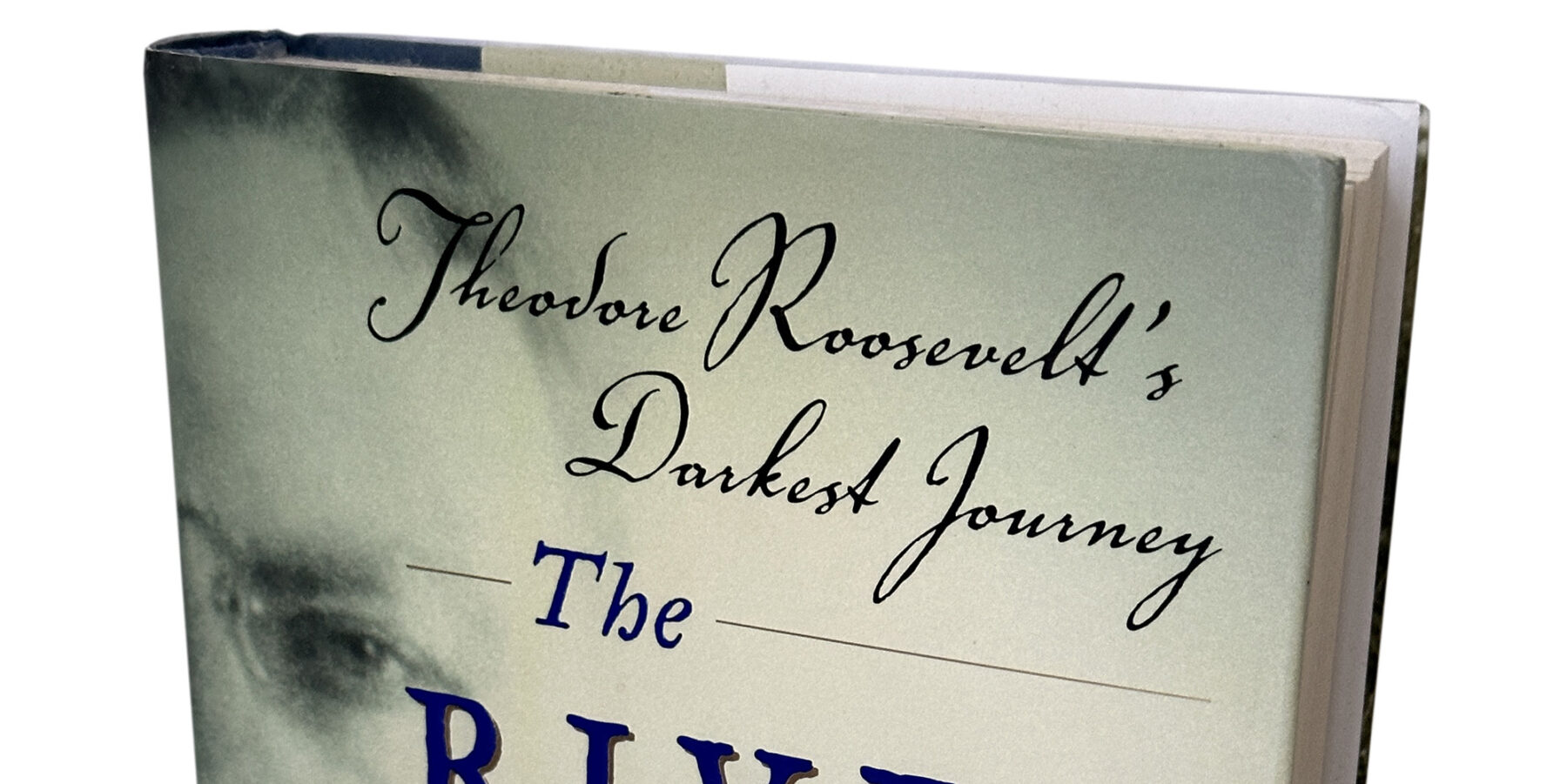
Author Candice Millard uses access to not only Roosevelt’s extensive notes, but also those of fellow team membersand the co-leader of this adventure, legendary Spanish explorer Cândido Rondo (who had first discovered the waterway’s existence) to conjure a sense of being a part of this incredible adventure.
The River of Doubt is a rollicking story, with the river asking a terrible price. During the journey dug-out canoes had to be built river-side to replace damaged ones, then – sometimes just the following day – they would be dashed against the river’s unforgiving rapids – as were some of the men, occasionally fatally. The hoped-for brevity of wild game for food did not eventuate, leaving starvation and disease a constant threat. There was a murder midway down the river, and Roosevelt himself nearly succumbed to a leg infection, while his son, Kermit, contracted malaria. Yep, the result is a story that – to use a cliché – really does not let the reader go until river’s end.
The Home of the Blizzard
Just another member of the Australasian Antarctic Expedition when it arrived at the white continent in early 1912, by the time Douglas Mawson left Antarctica, he was one of the most famous – living – explorers on the planet. The Home of the Blizzard (written by Mawson himself and published in 1915) recounts Mawson’s entire time in Antarctica but it is the recounting of his near-disastrous journey across King George Land in the summer of 1912/13 that secure this title’s place on the list.

It was while leading a team comprising himself and two others (Englishman Belgrave Ninnis and Swiss Xavier Mertz) that tragedy struck: Ninnis and most of the team’s food and some of their sled dogs disappeared down a deep crevasse. What happened next was incredible; with little food, Mawson and Mertz had to eat their dogs as they strived to make their way the 480km back to base camp. Mertz died of malnutrition, but Mawson made it back 30 days later, only to watch as the expedition ship Aurora floated out of camp and back to Tasmania.
Mawson spent the following winter at the AAE base-camp before rescue finally arrived the following summer. Befitting the era, Mawson’s book is wordy but incredibly engaging and descriptive, as this memorable quote demonstrates: “We dwelt on the fringe of an unspanned continent, where the chill breath of a vast polar wilderness, quickening to the rushing might of eternal blizzards, surged to the northern seas. We had discovered an accursed country. We had found the home of the blizzard.” Epic stuff.
Into Africa
It must have been the dream assignment for a journalist: head into the deepest, most wild and remote part of Africa and find a long-missing (presumed dead) famous explorer. For Henry Morton Stanley, it was the job of a lifetime; for his employer – The New York Herald – the famous words “Doctor Livingstone, I presume?” would encapsulate the story of the decade. It is, of course, a well-known and famous moment in exploratory history but the difference with this book is that author Martin Dugard delves far deeper, using a combination of unpublished diaries, Royal Geographical Society diaries, and a number of visits to various locations relevant to the tale, to produce a cracking read.
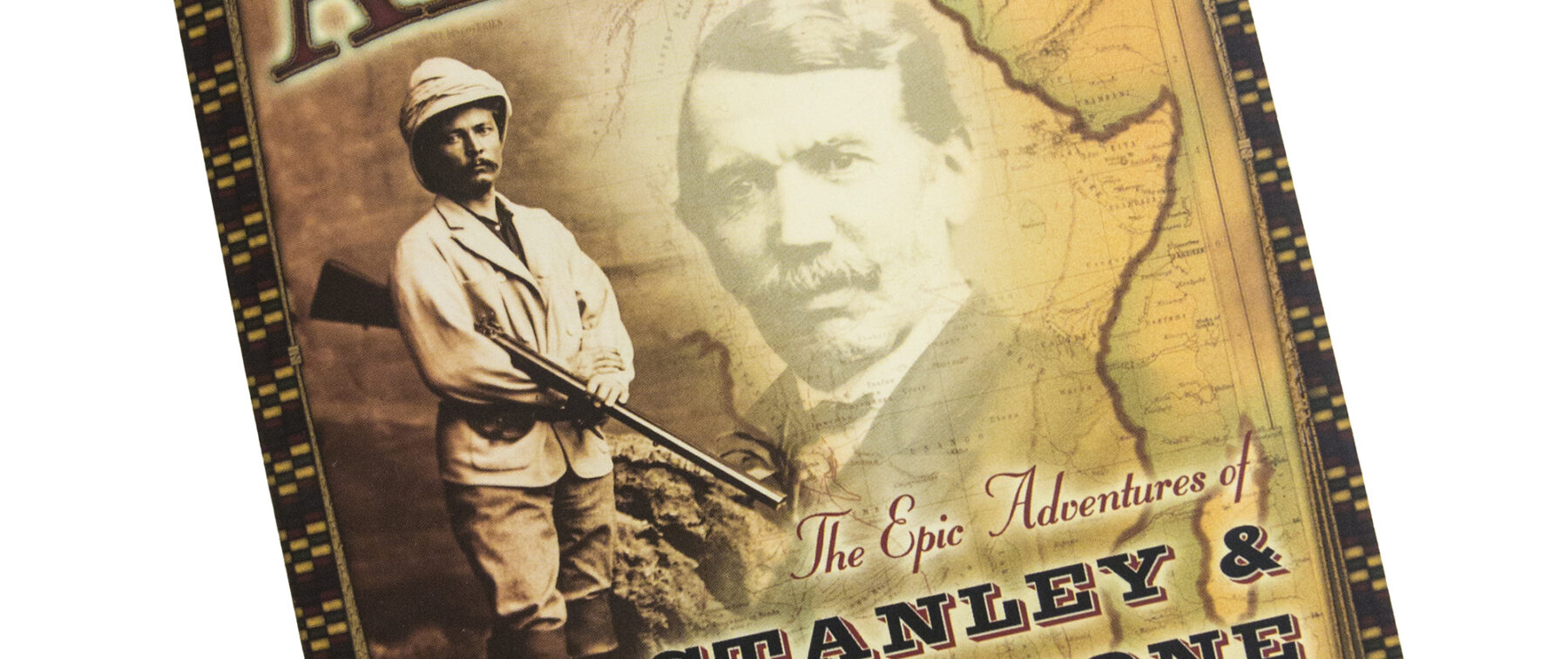
Dugard’s swapping of viewpoints between Livingstone and Stanley throughout Into Africa keeps the pace fast and also reveals the incredible differences between the two men – and how each one reacted to the myriad obstacles they faced, from being stuck in the middle of inter-tribal wars, through to the constant fear of – and battle with – the multitude of diseases that were rife in the continent. The Livingstone-Stanley story has been, literally, nearly done to death, but Dugard makes it all seem fresh – and bloody exciting.
Shooting the Franklin
This cracking read follows the trials and tribulations of a group of mates who grew up paddling some of Tasmania’s most famous (and some now disappeared) rivers including, of course, the mighty Franklin. Author Johnson Dean and his crew (including his constant paddling companion, John Hawkins) made three attempts on the Franklin before succeeding in 1958. Along the way they experimented with everything from fold-up kayaks through to customised fibreglass canoes – the craft used in the successful descent.
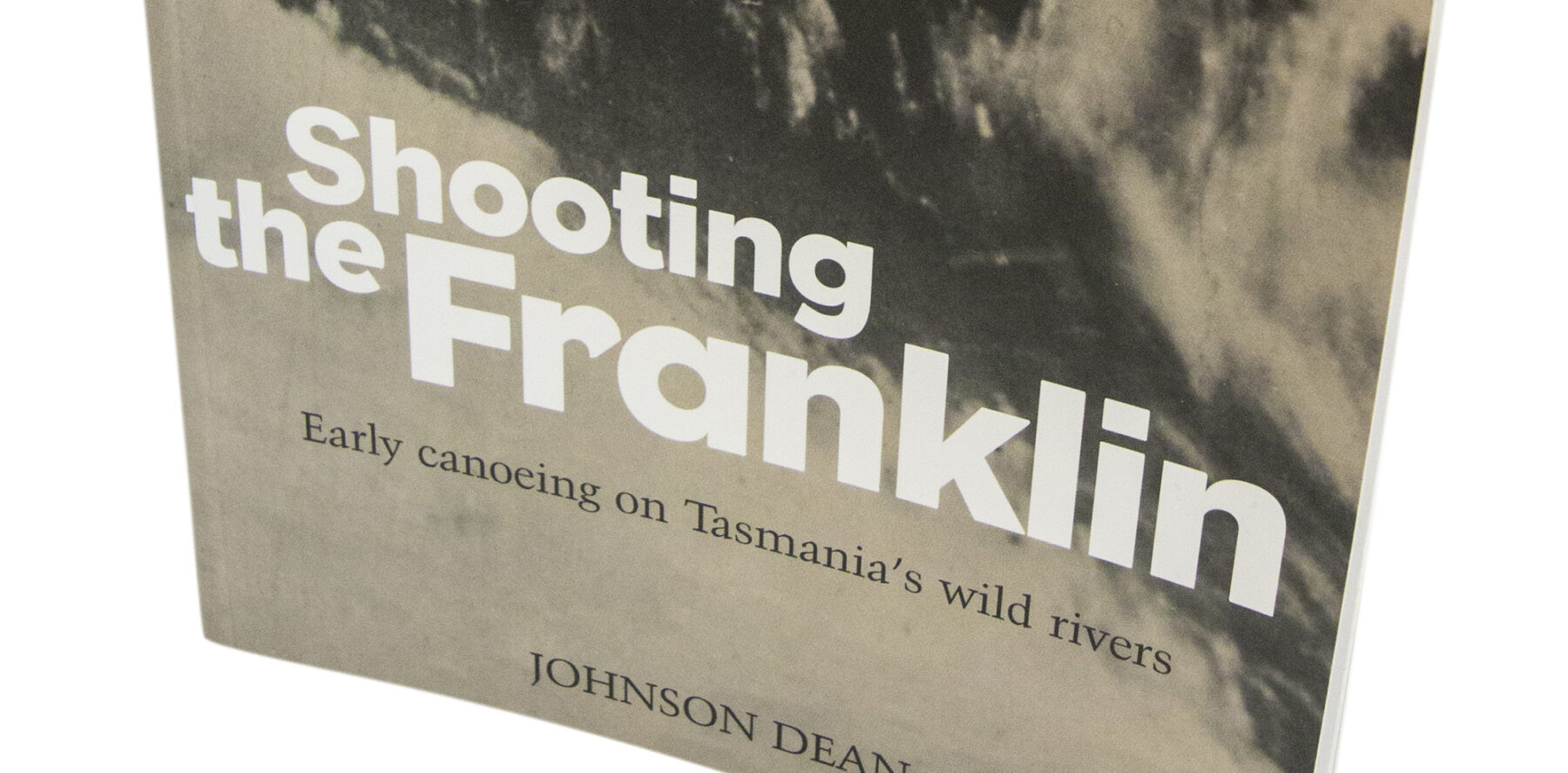
However, this 2002 book is about more than just the one (rather famous) southwest Tassie river; Dean and his mates had already paddled down the King, the Pieman (both now under dammed water) and others as they enjoyed exploring what is still, even today, one of the most remote parts of the world. Dean’s words convey a sense of what those now-drowned rivers must have been like to paddle – and what the surrounding wild landscape was like.
The descents themselves were amazing – both in terms of what they paddled and how the men actually survived; the two earlier attempts resulted in near-drownings, destroyed watercraft and long walks back out to civilisation. It’s an amazing insight into a mostly disappeared (read: sunken) world.
Arabian Sands
The world’s largest sand desert, the Empty Quarter covers around 650,000 square kilometres, sprawling over the southern part of the Arabian Peninsula. Up until the 1950s this harsh, unforgiving land was the sole domain of the nomadic Bedouin. That is, until Sir Wilfred Thesiger, an Englishman, spent roughly five years in the region, becoming one of the first white men to set foot in this unforgiving landscape.

During his time in the Empty Quarter, Thesiger crossed the desert twice and lived with – and learned from – the Bedouin. Upon his return to “civilization” Thesiger later (in 1959) published Arabian Sands, one of the most amazing books on the thrills (and chills) of desert adventure. His recounting – in exacting detail – of the Bedouin way of life is amazing, especially in the light of just how much change was inflicted upon those people with the discovery of oil and the resulting rapid change in their way of life.
Thesiger’s adventures were many and included (during his second crossing of the desert in 1947) being briefly imprisoned by Saudi Arabia’s king, and having to deal with mutinous members of his first expeditionary party. Rather than the expected condescending tone, Thesiger’s words highlight his respect for the Bedouin way of life, and his descriptions of the landscape will make you want to book your flights, hire a 4WD, and travel deep into this still-amazing land.
First Overland
What do you do if you’re a group of (relatively) penniless university students (including author Tim Slessor) from Oxford and Cambridge universities who have hatched a crazy plan for an overland vehicular adventure, from London to Singapore, through some of the most inaccessible country on the planet, and wish to document it in written form, and on film? Well, you approach a very young BBC employee with the surname of Attenborough, first name David, who helps convince his employer that you need film (although only a limited supply initially, pending what the early footage looked like) and a 16mm, wind-up film camera. Land Rover also came on board, supplying two vehicles, and the student crew raised the rest of the funds via around 70 companies.
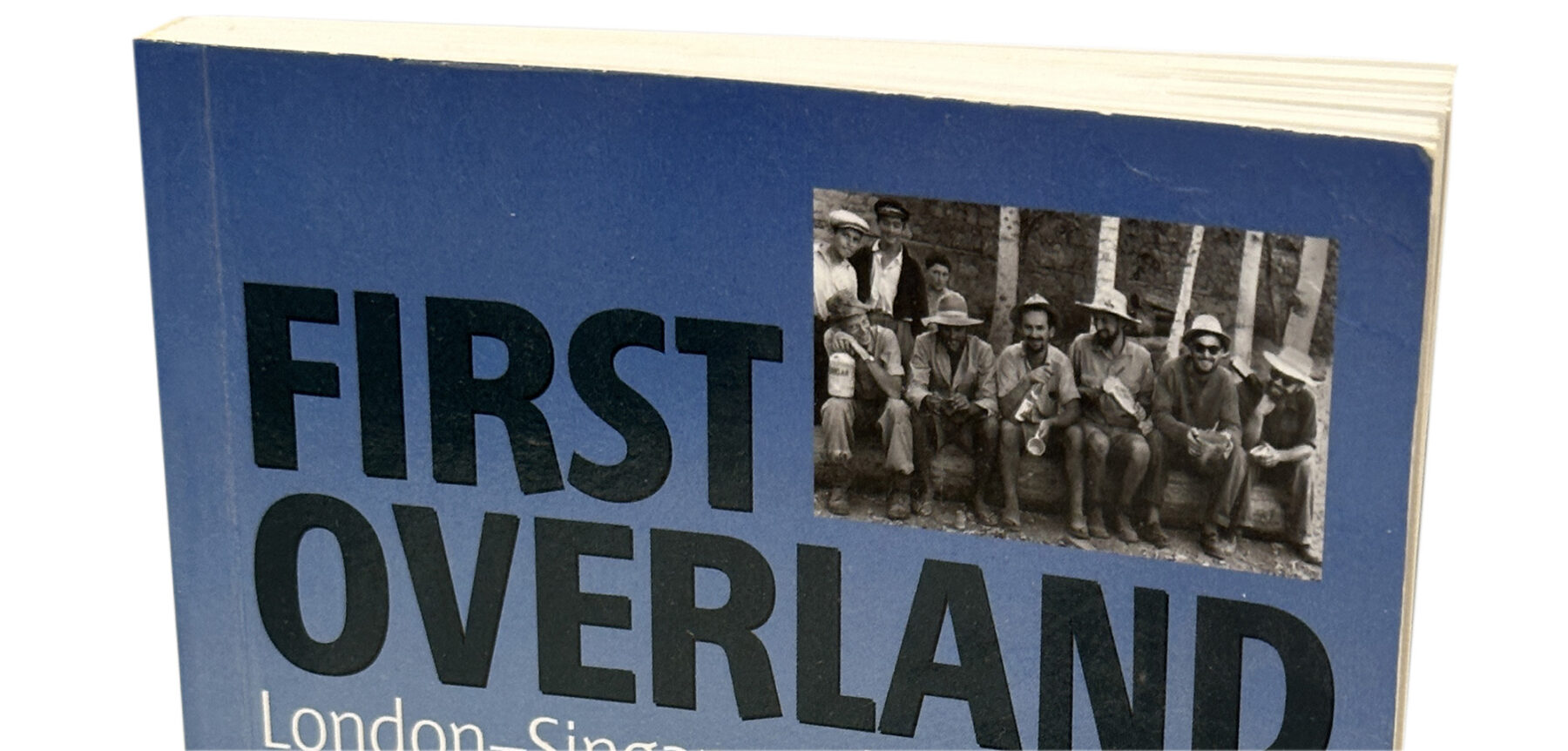
First Overland is touted as one of the world’s best travel stories and it is that, plus a simply cracking adventure, with Slessor’s words weaving a fantastical tale of journeying through wild foreign lands. It is probably one of the last “great British adventures” undertaken when the British Empire was still close to its full power. The book offers a fantastic view of what is now some of the world’s most inaccessible roads, including the Ledo Road from India to Myanmar (which is still closed to this day). The team also passed through what was then known as Persia (and some incredible archaeological sites here), as well as deal with all sorts of crazy encounters. When the foreword to a book is by David Attenborough, you know it’s the real deal. A real Boy’s Own Adventure.
The Emerald Mile
Even now, it sounds too crazy a plan to be true. In 1983, a group of paddlers in a wooden dory, led by Kenton Grua, took advantage of a heavily flooded Colorado River, to complete the fastest ever boat ride (powered or unpowered) down the full length of river in 1983.
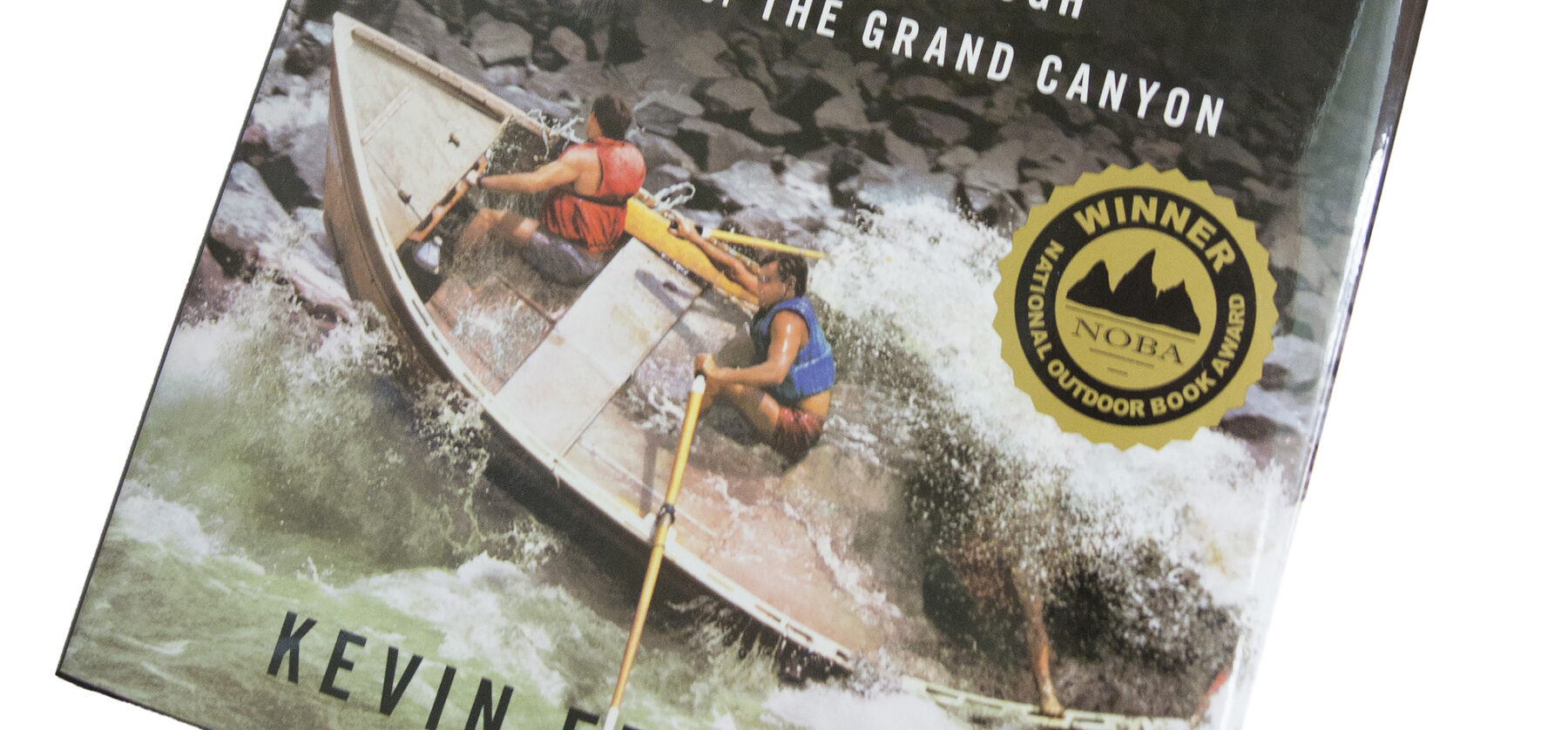
However, The Emerald Mile is far more than just the story about a river journey; author Kevin Ferdarko gives readers the full history of the Grand Canyon and the Colorado River, from its formation millions of years ago, through to the evolution of the river guides who ply its waters, and the construction of a series of dams (and the lengthy conservation campaign) along its length. It was one of these dams – Glen Canyon – that was threatened with destruction by the unanticipated high snowmelt flow and heavy spring rain. The dam’s spillways failed miserably to contain the flow, with the result a huge wall of water rushing down the river. Grua saw his chance to break his own river descent record and the reader gets to jump in and enjoy what is an incredible ride downriver.




